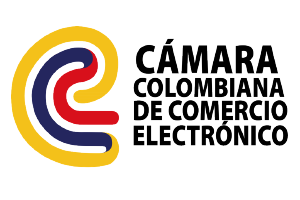Notification in judicial proceedings is the act by which the parties involved in a judicial proceeding are informed of the acts, resolutions, summons or other relevant events related to the case. Notification is a fundamental requirement to guarantee the right to defense and to ensure that all parties are aware of the procedural acts and can exercise their rights in an adequate manner.
The importance of the notification lies in the fact that it constitutes a means of official communication between the court and the parties, guaranteeing the principle of contradiction and equality of arms in the process. Through the notification, the parties are given the opportunity to know the procedural acts, file pleadings, file appeals or take the necessary measures for their defense.
In Colombia, there are various forms of notification in judicial proceedings. These forms are established in the General Procedural Code and may vary depending on the type of action or resolution to be notified. The following are the forms of notification in the Colombian judicial system:
- Personal notification: This is the most common form of notification. It consists of the direct delivery of the communication to the addressee or his legal representative. It is the official communication made to the defendant or interested third parties within the judicial process for the summons to appear in court.
- State notification: In some cases, when personal or electronic notification is not possible, state notification is used. It consists of posting the communication or act in a visible place at the seat of the court or tribunal, where the parties can consult and obtain knowledge of them.
- Notification in stratus: These are the orders issued in the course of hearings and proceedings that are notified immediately after being issued, even if the parties have not attended.
- Notification by edict: This is a form of notification used in the judicial sphere when it is not possible to personally or directly notify one of the parties involved in a proceeding. This form of notification is used when the person to be notified is unaccounted for, his or her address is uncertain or it has not been possible to contact him or her in any way. Notification by edict implies the publication of the communication or procedural act in a newspaper of regional or national circulation during a specific period established by law. The objective is to ensure that the information reaches the knowledge of the interested party and any person who may be involved or have an interest in the legal matter.
- Notice by conclusive conduct: Notification by conclusive conduct is based on the principle that a person may be considered notified if he or she has acted in a manner that demonstrates his or her knowledge and acceptance of a specific situation or decision. This means that, even if no formal notification has been made according to the established procedures, the party has acted accordingly and has taken actions that demonstrate its knowledge and consent.
It is important to note that the forms of notification may vary according to the type of process and the applicable procedural rules. The specific notification requirements and procedures are established in the General Procedural Code and in the rules that regulate each type of process in particular.



